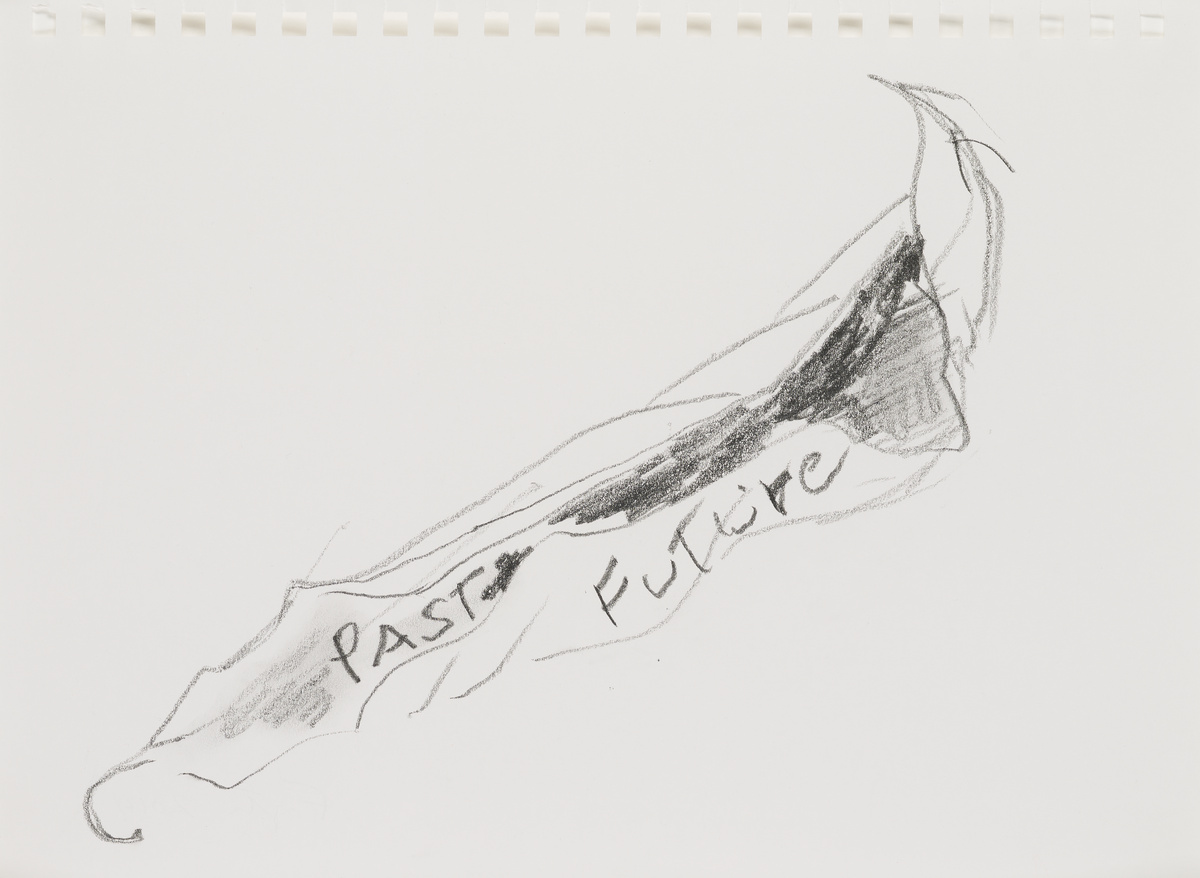Oliver, Poetry and Narrative in Performance (Macmillan, 1989), 19.
Notley, Telling the Truth as It Comes Up: Selected Talks & Essays 1991–2018 (Song Cave, 2023), 131.
In Feldman, Essays, ed. Walter Zimmermann (Beginner Press, 1985), 144.
Spicer, My Vocabulary Did This to Me, ed. Peter Gizzi and Kevin Killian (Wesleyan University Press, 2008), 303.
Jaynes, The Origin of Consciousness in the Breakdown of the Bicameral Mind (1976; Mariner Books, 2000), 73.
“Automatic Writing” in Ashley, Outside of Time: Ideas about Music, ed. and trans. Ralf Dietrich (Musiktexte, 2009), 590.
“13 Ways of Looking at AI, Art & Music,” Unsound Dispatch, December 15, 2023 →.
Duncan, The H.D. Book, ed. Michael Boughn and Victor Coleman (University of California Press, 2011), 56–57.
Telling the Truth as It Comes Up, 131.
